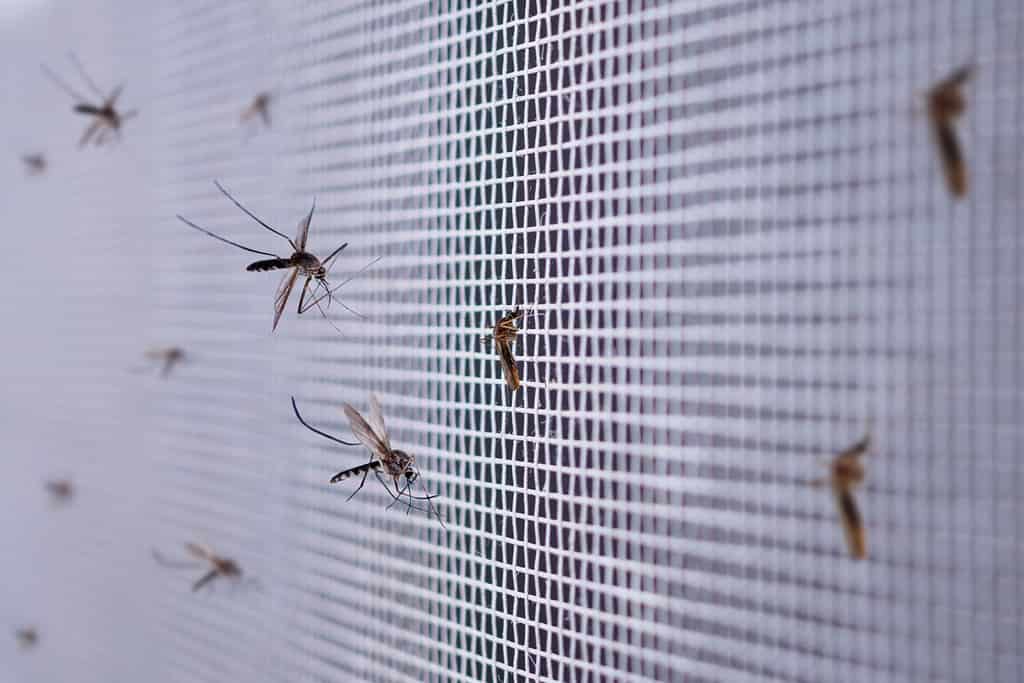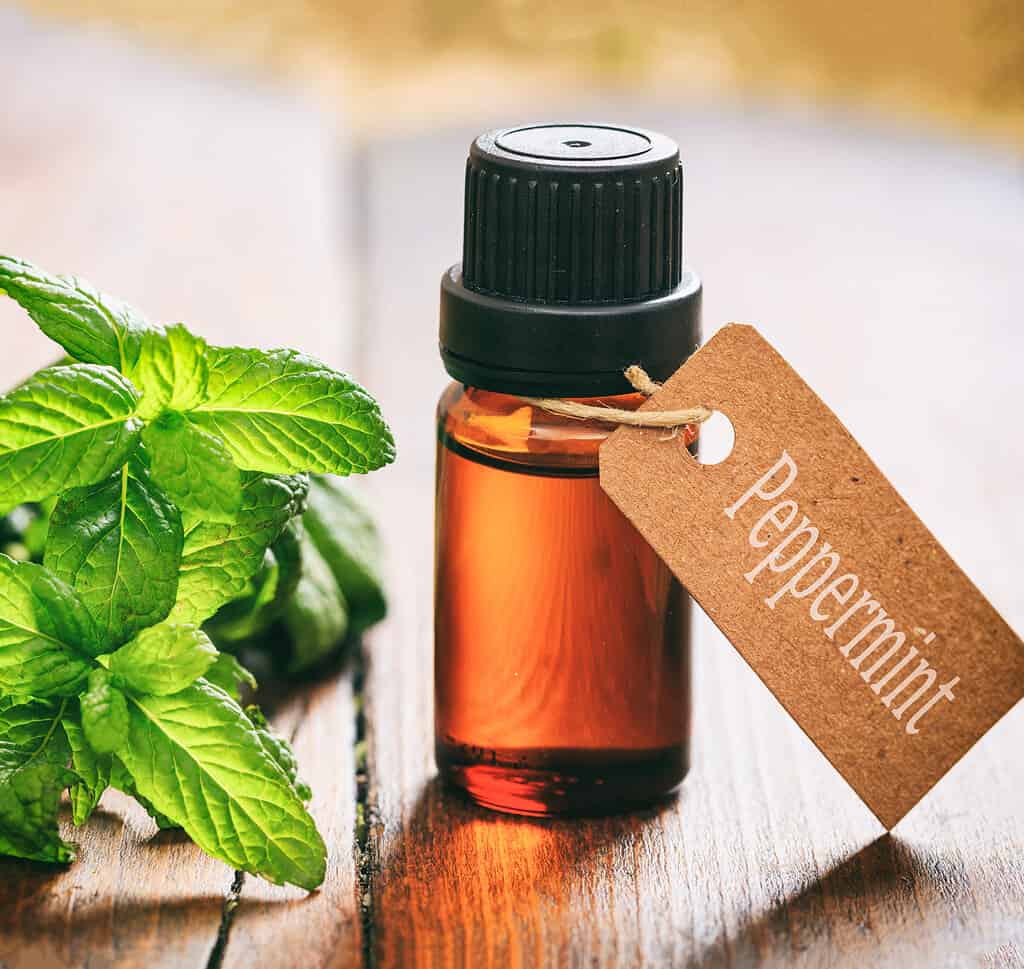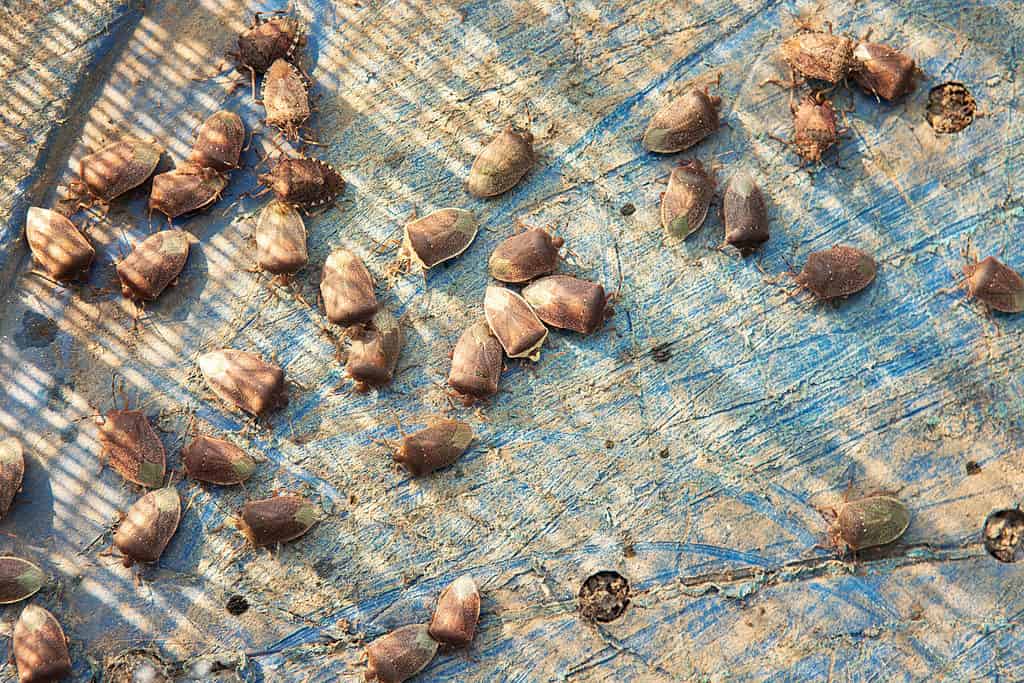Quick Answer
WD-40 does indeed keep bugs away (in some ways). Keep reading below to discover how.
As the Swiss army knife of lubrication, does WD-40 keep bugs away? Well, WD-40 is certainly a Swiss army knife because it’s useful for so many things. Most people use it to lubricate metal-on-metal parts, but it also deters rodents, revitalizes plastic paints, cleans, waterproofs boots, and prevents snow accumulation.
WD-40 does indeed keep bugs away (in some ways). And why not? The most surprising aspect of WD-40 is its usefulness in a wide range of circumstances—far more than what we listed above. As a bug deterrent, WD-40 is surprisingly effective when used the right way.
Before diving into the rest of the article, WD-40 is not a bug killer. The chemicals in WD-40 are designed for lubrication, not shorting out the nervous system of an insect. And, it’s not even capable of smothering the spiracles through which insects breathe. So what makes it useful? Let’s dive in and find out.
How WD-40 Keeps Bugs Away

Mosquitoes trying to get through a window screen.
©Kwangmoozaa/Shutterstock.com
Three aspects of WD-40 keep bugs away. The first is the lubrication factor. When sprayed around window sills, ledges, overhangs, gutters, and things of that nature, the lubrication creates a slick surface that insects have difficulty grasping.
The second is the odor. A lot of insects have a repulsive reaction to powerful odors, which is why things like mint, lavender, and other, strong-smelling essential oils often repel insects. The WD-40 odor is strong but it isn’t up there with some of the other essential oils, so there may be some bugs that slip through the cracks.
The third is the staying power. WD-40 lasts a long time, mostly because it’s weatherproof. If you spray it on outside surfaces and some rain comes along the next day, it won’t wash the WD-40 away, rendering it completely useless. The consensus is that some degree of WD-40 remains on an exterior surface for up to a year.
Those three things, longevity, repulsion capabilities, and lubrication, are what make WD-40 an intriguing bug-repellent for the home. That and the fact that you don’t feel like running to the store for some insect repellent right now.
How to Use WD-40 to Keep Bugs Away
Safety comes first and although there are far more dangerous substances out there than WD-40, it still has the potential to harm pets and young children. Never spray the stuff in an area where there is no ventilation. You can have WD-40 in any room of the house that lacks an air current; you just don’t want it in a low-ventilation environment while you’re spraying it.
Also, you don’t want to spray the stuff on window sills or anywhere else inside the house and allow the lubricant to pool up. Gravity will eventually pull it somewhere and you run the risk of getting WD-40 on foodstuff, plates, silverware, and anything you place below or around the area you’re spraying.
Use a paper towel to dab or wipe away any excess WD-40 that’s forming into a pool. Also, you don’t need to press the nozzle and just hose everything down. Unless you are spraying inside the frame around the window, you don’t need the long, red straw that streamlines the spray. For the most part, press and release the nozzle quickly and allow it to atomize.
Around windows are some of the best places to use WD-40 to keep bugs away, and all it needs is a thin layer. Spraying it inside the frame deters bugs from trying to slip through and it keeps your window well lubricated, whether it’s a slide-up, casement, bay, etc.
You can spray the underside of any surface on the exterior to deter wasps from constructing a nest on the slick surface.
More Natural Alternatives to WD-40

Peppermint essential oil deters bugs with its strong aroma.
©iStock.com/Rawf8
There are some more natural options than WD-40 to keep bugs away. We brought up the essential oils above for a good reason. They are an outstanding natural alternative to WD-40. However, like WD-40, their greatest strength is in their odor. The unfortunate side effect is that the odor dissipates rather quickly as well.
If you choose to use essential oils, you should reapply them once a week to ensure you have maximum repelling potential. Here are some solid natural alternatives to WD-40 if you don’t like the idea of spraying the latter inside your home or just don’t like the smell.
- Peppermint essential oil
- Lavender essential oil
- Castor oil
- Citronella
- Garlic cloves
- Thyme
- Sesame Oil
- Spearmint
- Rosemary
- Cayenne pepper
Any of the above alternatives are just as good or better than WD-40 at keeping bugs away and applying them is much the same as well. Around window sills, screen doors, door frames, porches, the interior perimeter of shops and garages, and underneath your eaves will all work exceptionally well. Just keep in mind that the odor on most doesn’t last and some of the alternatives are not waterproof.
Chemical Alternatives to WD-40
Chemical bug repellents are all about—you guessed it—chemicals. There are a few, primary chemicals that are popular in chemical alternatives: DEET, Picaridin, and OLE. You can find these chemicals in a wide variety of products on the shelves today.
DEET is one of the oldest and probably the most used chemicals among the world’s population (whether knowingly or not). It’s the primary chemical found in products like Off and similar mosquito and tick repellents. Otherwise known as N-diethyl-meta-toluamide, no one knows the exact mechanism behind DEET’s efficacy, especially when it comes to ticks.
While WD-40 will keep bugs away via surface treatment, DEET is primarily used on the skin. OLE stands for Oil-of-Lemon Eucalyptus. Though it’s essentially a naturally derived ingredient, it’s modified enough that it doesn’t meet the criteria for “natural” repellent alternatives.
Last, but not least, Picaridin is a peppermint derivative that’s highly effective against stinging and biting bugs (as a repellent, not as a pesticide). It’s far more popular in European countries so those who are reading this stateside may not have heard of it.
How to Keep Bugs from Invading Your Home

An invasion of stink bugs on a house.
©Cherries/Shutterstock.com
Keeping bugs out of your home is more or less difficult depending on what kind of home you live in and what part of the country as well. Older homes tend to be more vulnerable, as do wood homes versus brick or vinyl. Fighting insect invasions in Florida is more difficult than fighting one in Minnesota.
That’s not because Florida insects want to invade more than Minnesota insects. It’s just that the months are warmer, and longer in the state of Florida, an environmental condition more conducive to active insects.
No matter where you live, the best way to repel bugs is to come up with a game plan and incorporate different types of repellents, whether you want to stick with natural ones, full chemicals, or somewhere in between.
Bugs are just like people. They want three things – food, water, and shelter. Once you figure out how to remove those three things, your bug problem will no longer be a problem. Check water heaters, behind toilets, and beneath sinks for water leaks. Seal up any hole in the house that isn’t there by design.
If you want to use WD-40 to keep away bugs, use it primarily for your windows, doors, and beneath the exterior eaves. Long-lasting insect repellents are best when used to outline the perimeter of your home’s interior, from one side of the house to the other. Outside, in the yard, remove every standing structure you don’t need or want—anything bugs can infest and call home.
Most importantly, keep your home sparkling clean, inside and out, with all food and drink sources sealed and stored properly.
Final Thoughts on WD-40
It’s a proven fact that WD-40 will keep bugs away to a certain degree. However, it’s not the end-all-be-all of bug deterrents. It does have its negatives, such as odor and the potential to create a mess. It’s a wonderful option for keeping wasps from building nests and for outlining the points of egress and ingress in your home.
Besides, who doesn’t keep a can of WD-40 lying around for various uses throughout the house? WD-40’s greatest advantage is its many utilities. So, next time you’re on the lookout for a bug repellent and you just don’t want to head to the store, give that blue and yellow can a second thought. It just might do the trick.
The photo featured at the top of this post is © Eric Isselee/Shutterstock.com
Thank you for reading! Have some feedback for us? Contact the AZ Animals editorial team.







